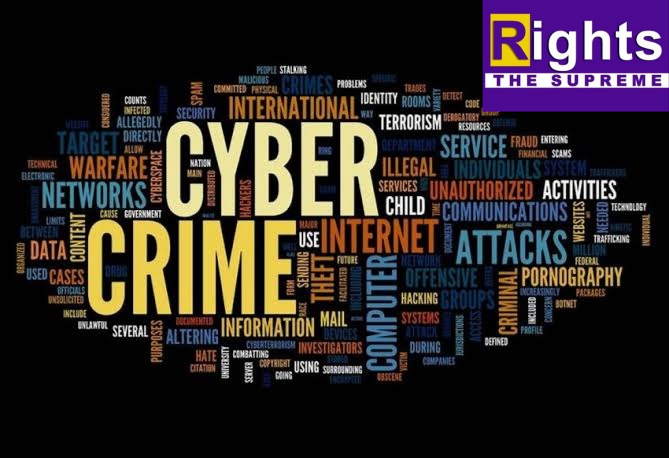Cyber law in India has underwent significant changes, in order to adapt with changing dynamics. The journey from drafting initial legislation to recent amendments shows India’s efforts to address potential threats of this digital age.
CYBER LAWS IN INDIA
In India, the cyber law is primarily defined by the Information Technology (IT) Act 2000, it was drafted to address challenges associated with cybercrimes. The draft went under significant revisions to incorporate adherence to World Trade Organisation guidelines.
OBJECTIVES AND PROVISIONS
The IT Act 2000 was designed to provide a legal framework for electronic governance by giving recognition to electronic records and digital signatures. It aimed to facilitate e-commerce and address cybercrimes by defining various offences and prescribing penalties for them. The Act was pivotal in encouraging the use of digital transactions and ensuring security practices within the cyberspace.
WHY DO WE NEED CYBERLAW?
We are leaving in a technologically advanced environment, the world is becoming more and more digitally sophisticated. People of all business and class are relying on computer and internet, which became genesis of cybercrimes. Therefore to regulate cyberspace in this online world cyberlaw is needed, as it can’t be regulated by existing laws.
Few reasons for the need :
•To cover under a defined legal system
•To protect the rights and privacy of people and business
•To provide legal validation to E-Commerce and Contracts
•To provide legal validation to Digital Signatures and Authentication
•To protect Intellectual property Rights
•To provide protection to Online Defamation and cyberbullying
•To regulate online content
•To provide National Security
•To promote E-Governance
CYBER LAWS IN INDIA
•Information Technology (Certifying Authorities) Rules, 2000
•Information Technology (Certifying Authority) Regulations, 2001
•Information Technology (Use of Electronic Records and Digital Signatures) Rules, 2004
•Information Technology (Security Procedure) Rules, 2004
AMENDMENTS
1.IT Amendment Act, 2008 :- As Technologies changed new methods of cybercrime emerged, in response to it the IT amendment act was introduced in 2008 and became effective from October 17, 2009.
Key Changes:
•Enhanced Security Measures :- Introduction of provisions such as identity theft, child pornography and cyber terrorism.
•Data Protection :- Definition and Obligation pertaining to data protection were strengthened.
•Liability of Intermediaries :- Specific Guidelines were set for Intermediaries, which played crucial Role in determining their accountability for data hosted on their platform.
2.IT Rules 2021 :- Continuing to Adapt the changing cyberspace Indian Parliament introduced IT (Intermediary Guidelines and Digital Media Ethics Code) Rule, 2021
This Emphasised on:
•Regulations of Social Media and Intermediaries :- The rule require Social media intermediaries to establish grievance redressal mechanism and take down contents that violate specific guidelines.
•Digital Media oversight :- Provision for digital news media and OTT Platforms.
•Enhanced Cybersecurity Measures :- Emphasised on increased cybersecurity measures to protect data and penalise breaches.
CONCLUSION
New cyber crimes needs potential approach towards it and the journey of IT Act 2000 to IT Rules 2021 shows India’s commitment to create a secure and reliable cyberspace. It helped people to continue their business and carryout their different activities on online platforms by providing them safe cyberspace and laws they can rely on.

